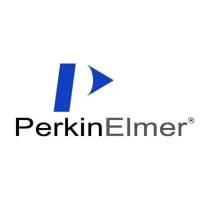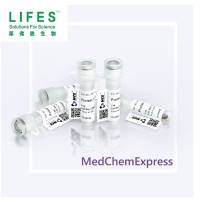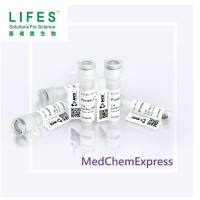Fractionation of Lipoprotein Subclasses in Self-Generated Gradients of Iodixanol
互联网
554
Chapter 5 described the use of self-generated gradients of iodixanol for the fractionation of human plasma lipoproteins into the major classes: high-density, low-density, and very low density (HDL, LDL, and VLDL). During the metabolism of plasma HDL and LDL, the lipid and apoprotein composition of the lipoprotein particles changes in such a manner that a series of subclasses exists, each with a distinctive range of densities (1 ). Thus, in KBr gradients, the two major subclasses, HDL2 and HDL3 , have densities of 1.063-1.125 g/mL and 1.125-1.21 g/mL, respectively (1 ). In some individuals a third subclass (HDL1) is recognized (1.055-1.063 g/mL). Electrophoretic (2 ) and immunological (3 ,4 ) techniques have identified additional subfractions. Likewise, subclasses of LDL have been identified and isolated using shallow KBr gradients (5 ,6 ). The major LDL subfractions are LDL1 , LDL2 , and LDL3 , which have densities of 1.025-1.034 g/mL, 1.034-1.044 g/mL, and 1.044-1.060 g/mL, respectively (6 ), and electrophoretic analysis has identified more subfractions (7 ). The subfractions of LDL are of particular interest, as the presence of small, dense LDL particles in the plasma appears to be associated with a predisposition to cardiovascular disease, and they are recognized as a major causative factor in atherosclerosis (8 ). Methods for monitoring the LDL subclass pattern in population studies and in dietary and drug intervention trials are thus of considerable interest. This chapter is concerned primarily with the subfractionation of LDL. Although HDL subfractionation systems using iodixanol self-generated gradients have not yet been validated by direct comparison with other methods (e.g., gradient gel electrophoresis or KBr gradient centrifugation), a protocol is included.









